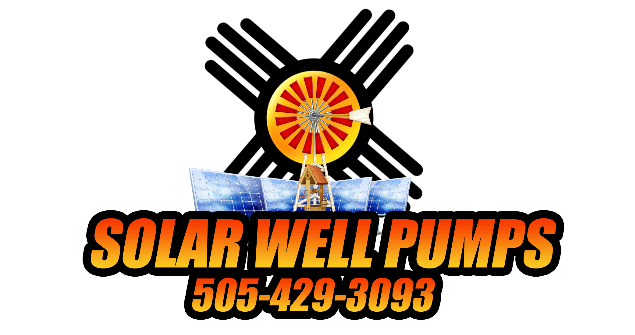FAQ’s
Got a Question?
How long do the systems last?
Our systems solar modules have a power output warranty of 25 years and give very little trouble. This all depends on the water quality also, if you water has sand and find particles this can prematurely wear out your pumps. It is important to always know what your well is doing based on the system you set up. It is important to give us the best information possible so we can size the system based on your well output. We have systems that will shut off your pump in the well if the water level gets to low, and also we have sensors that will turn off your pump when your tank is full. This will keep your pump from running unnecessarily and wasting valuable water.
What about hail on the panels?
We always recommend that you add these systems to your farm and ranch insurance policy. In most cases it doesn’t cost more than $20 per year, but consult with you agent for exact figures. In over 20 years of selling these systems and with thousands of systems in the field, we only know of a handful of panels broken to hail. They have weathered many hail storms and are extremely durable. The insurance is a great idea however.
What information do you need from my well to provide me a quote?
1. depth to the water in your well or total lift
2. casing size (diameter of well casing if pumping from one)
3. geographic location. Where the well is located to figure sun hours
4. gallons per day required for your needs
5. contact information to get back to you
6. a general idea of how you intend to use the pumping system.
Do solar panels work in cloudy weather?
Solar panel systems do generate solar electricity in cloudy weather but output is diminished. Flat plate solar arrays respond to a 180-degree window, direct sunlight is not needed to generate solar electricity. Home solar systems can even generate 50-70% of their rated output under a bright overcast.
Do solar modules work in cold conditions?
Yes, in fact, solar arrays perform well in cold conditions. Solar panel systems actually generate more power at lower temperatures, when sunlight is plentiful. This is because PV arrays are electronic devices; they generate electricity from light, not heat. As with many other electronic devices, solar panels operate at higher efficiencies at cooler temperature. During winter months PV systems do produce less solar energy than in the summer, although this caused by shorter days, lower sun angles and greater cloud cover, not cooler temperatures.
How do I determine average sunlight hours where I live?
The link below will take you to our solar map of the United States. Use this map to determine average sunlight hours at your location.
Will solar tracking devices improve the performance of my solar system?
Tracking effectiveness is greatly dependent on climate and application. Under ideal conditions, trackers can improve solar system output per day by 40%. Trackers are generally used in applications such as livestock watering where increased output matches increased demand.
What type of solar system is right for me?
Choosing the correct solar pump systems depends on a number of variables, such as geographic location, well depth, water level, well casing size, gallons per minute required (gpm), and application. Please don’t feel overwhelmed, we will calculate everything for you and provide you with the right system for your specific needs. I have several systems that will work from you from shallow well or up to deep well pumps that can go up to 950 feet.
